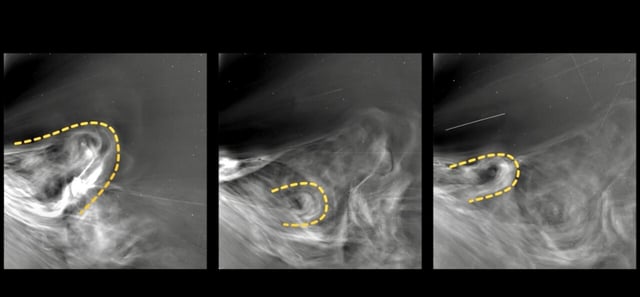Overview
- NASA has publicly released the first high-resolution images and video captured by the Parker Solar Probe during its December 25, 2024 perihelion.
- The WISPR instrument revealed intricate plasma filaments and the corona’s magnetic field structures previously only inferred from afar.
- During its record-setting pass, Parker came within 6.1 million kilometers of the Sun and reached 692,000 km/h, becoming the fastest human-made object.
- The probe recorded a continuous stream of charged particles known as the solar wind while traversing the corona, offering direct in-situ data.
- Parker is scheduled to return for another close solar flyby in September 2025 to gather additional high-resolution measurements for space weather forecasting.

